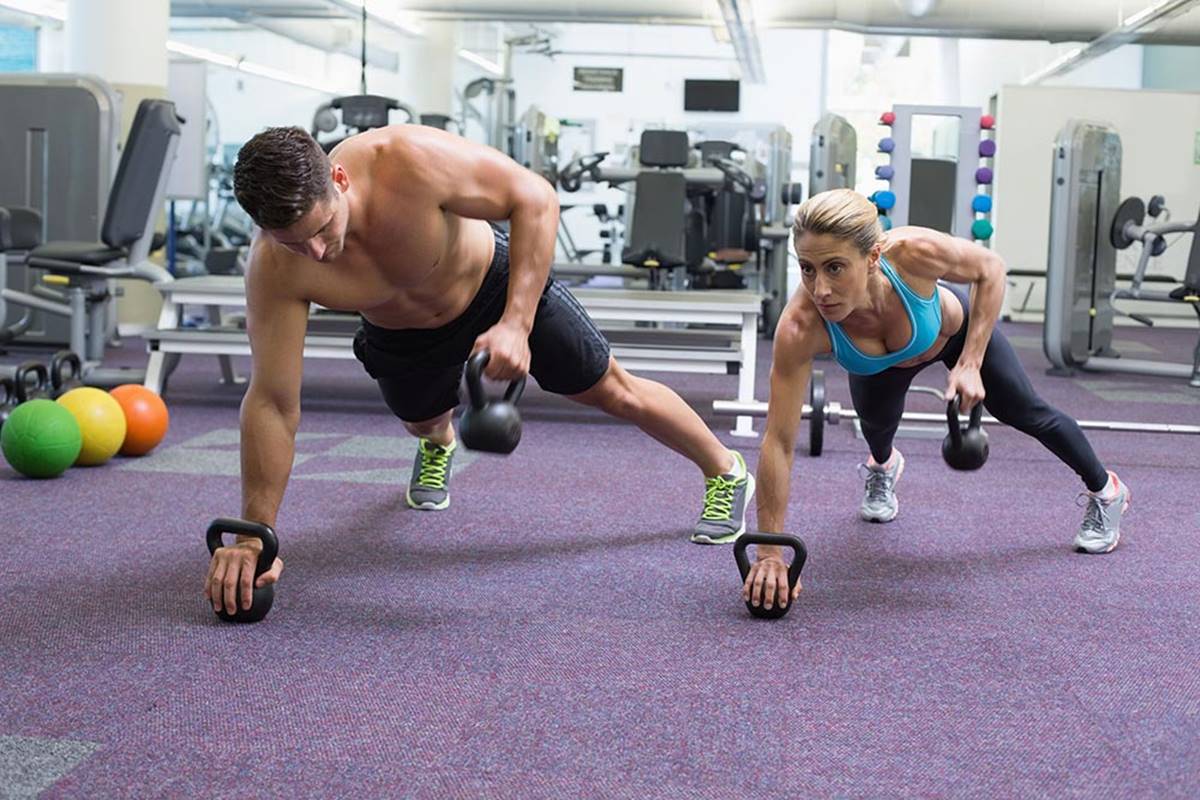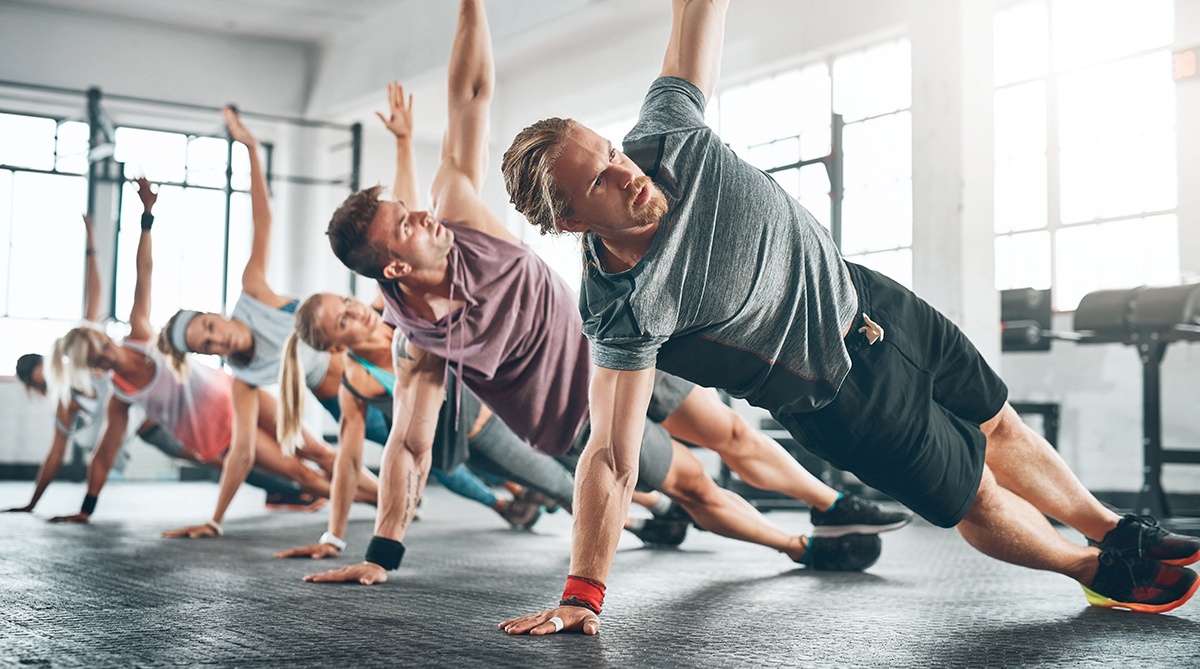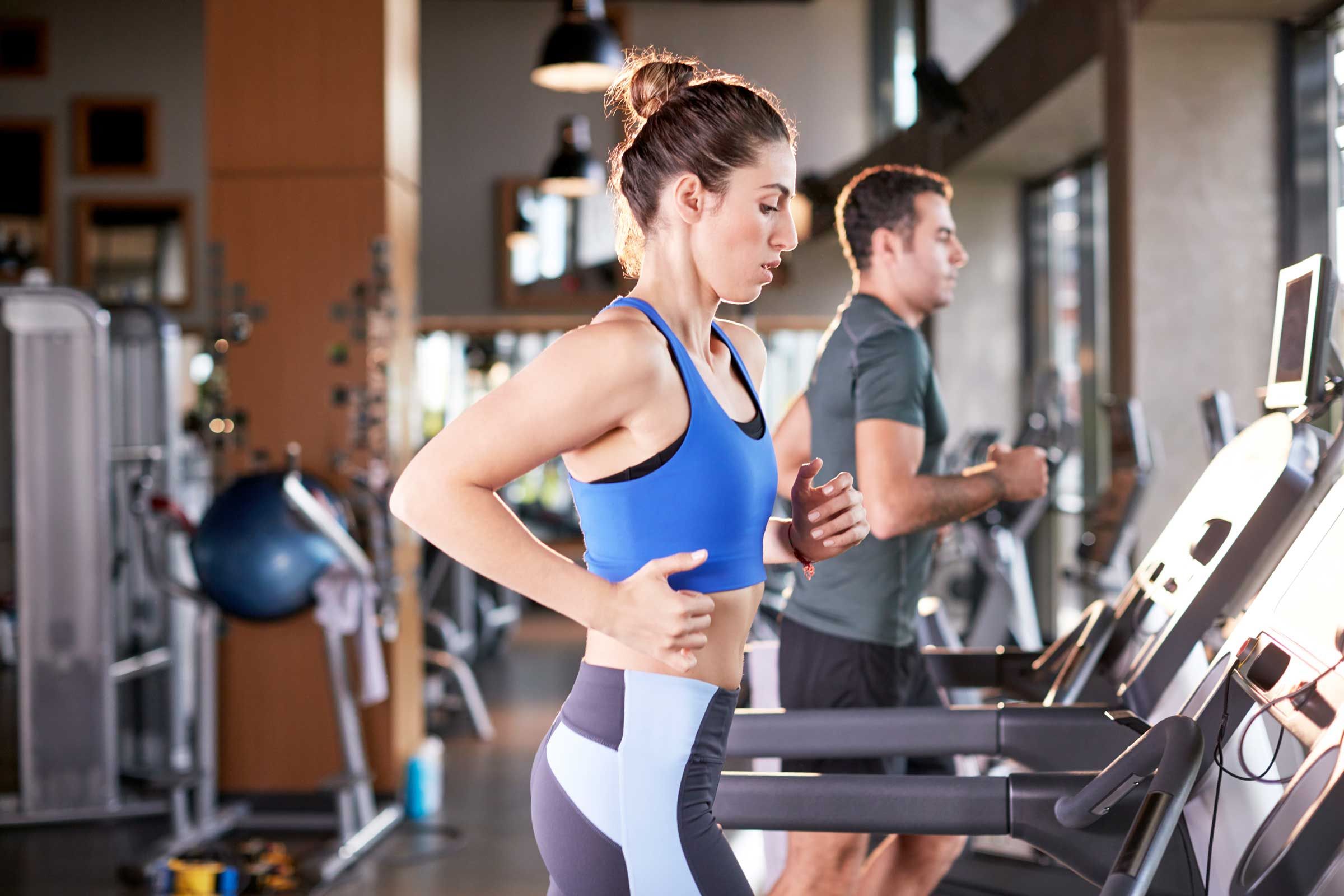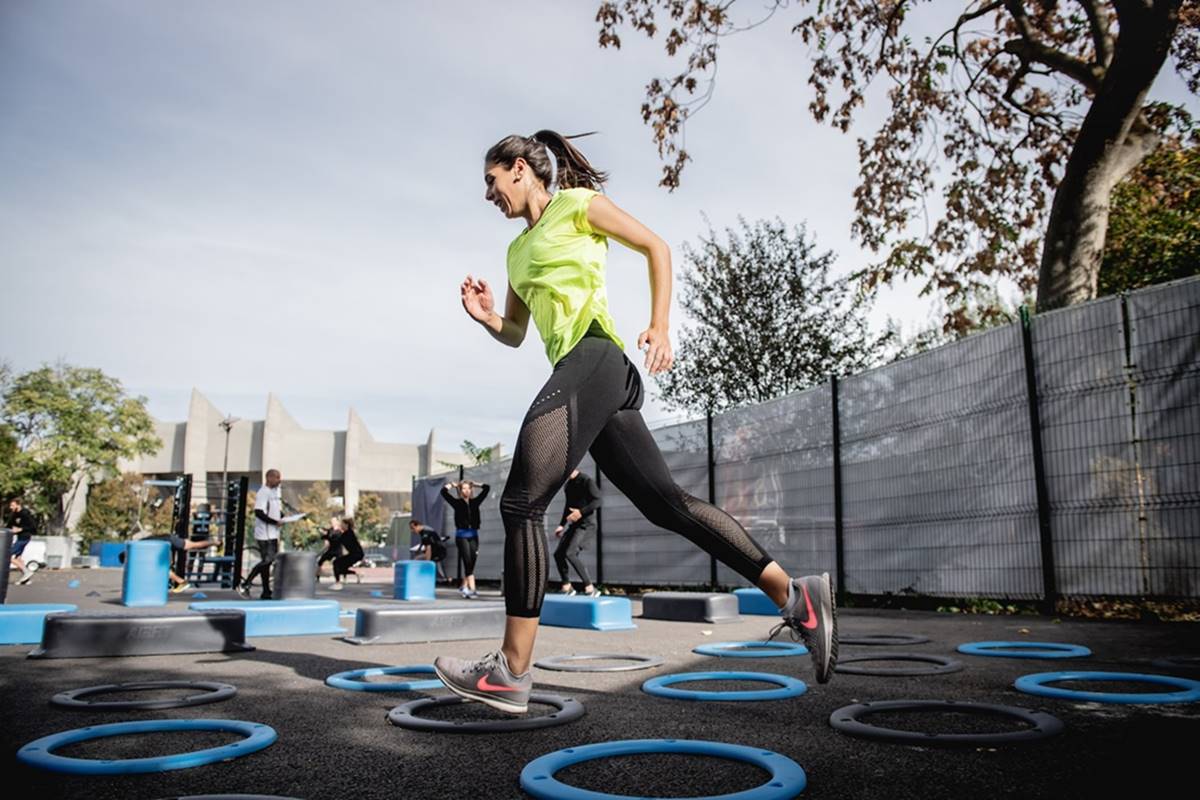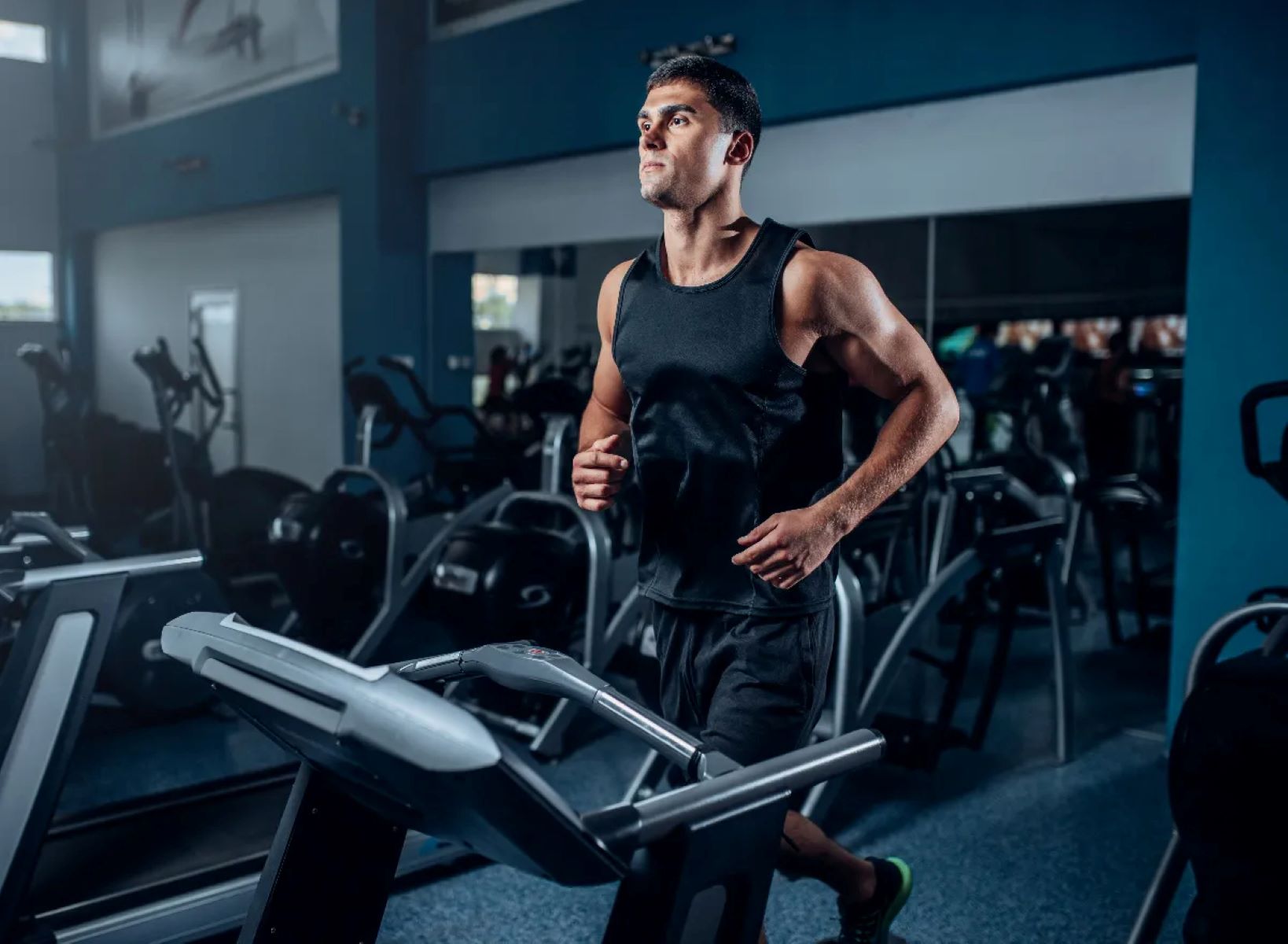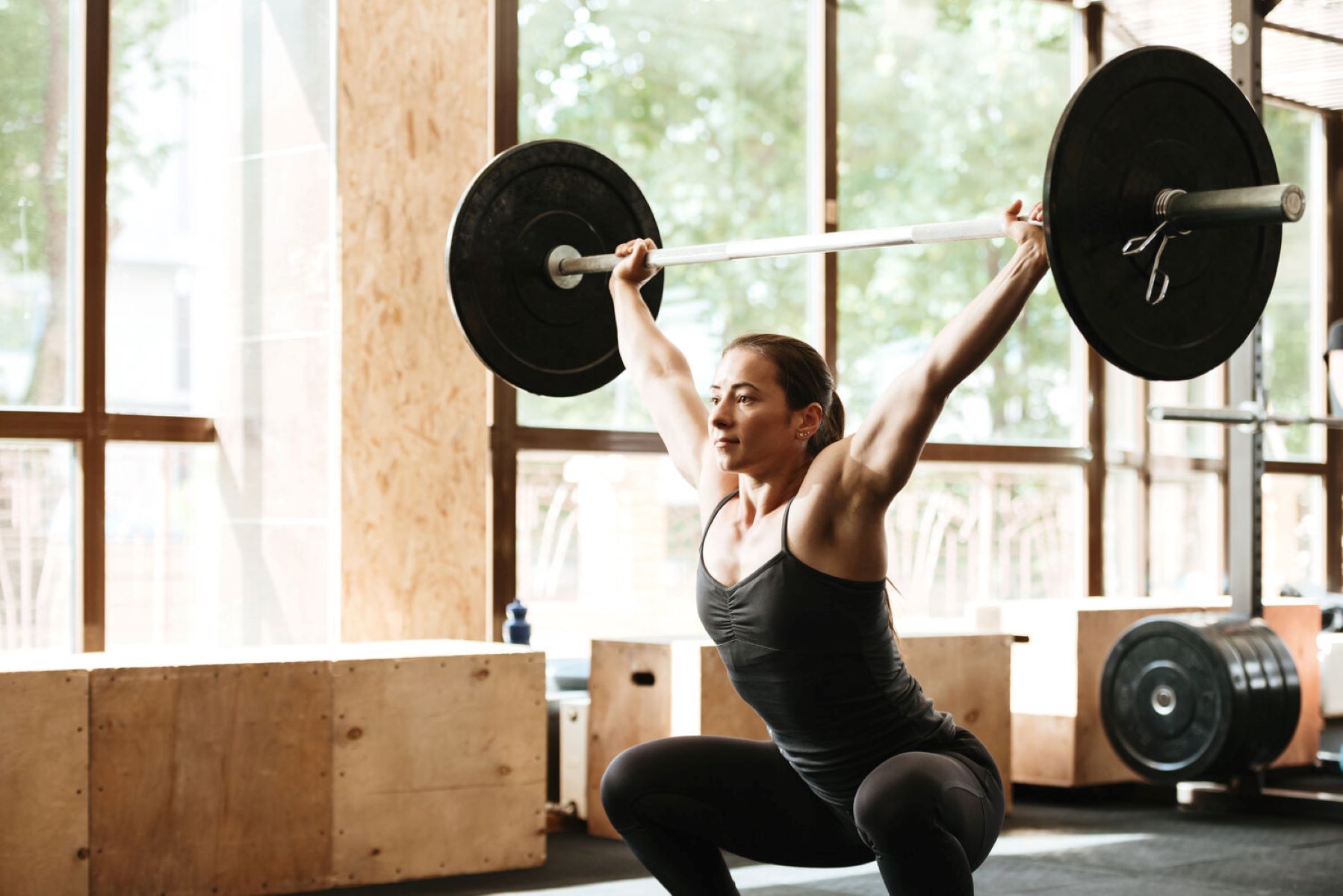

Featured
What Is RPE In Workout
Modified: August 19, 2023
Learn all about RPE (Rate of Perceived Exertion) in workouts and how it can be a featured element in optimizing your training intensity and performance.
Introduction
When it comes to getting fit and achieving your fitness goals, understanding the concept of RPE in workouts can be incredibly valuable. RPE, which stands for Rate of Perceived Exertion, is a system that allows individuals to gauge and adjust the intensity of their workouts based on how hard they feel they are working.
RPE is a subjective measure that takes into account factors such as breathing rate, heart rate, muscle fatigue, and overall perceived effort. It provides a way for individuals to listen to their bodies and make adjustments to their workouts accordingly.
Whether you are new to fitness or a seasoned athlete, utilizing RPE in your training can help you optimize your workouts and achieve better results. By understanding the principles of RPE and how to effectively incorporate it into your training routine, you can take your fitness journey to the next level.
In this article, we will delve into the world of RPE in workouts, exploring its definition, how it is used, the benefits it offers, common misconceptions, and tips for implementing it effectively.
Definition of RPE
RPE, or Rate of Perceived Exertion, is a means of evaluating and quantifying the intensity of physical activity based on an individual’s subjective perception of effort. It allows individuals to evaluate how hard they are working during a workout on a scale of 0 to 10 or 6 to 20, depending on the preferred grading system.
The RPE scale is a commonly used tool in the fitness industry, providing a simple and practical way for individuals to communicate and track their exertion levels. It doesn’t rely on external factors such as heart rate monitors or fitness trackers, but rather empowers individuals to gauge their own effort based on personal feelings and sensations.
The RPE scale typically ranges from 0 to 10, with 0 being no exertion at all and 10 representing a maximum effort. Some individuals prefer to use a modified scale that ranges from 6 to 20, with 6 signifying no exertion and 20 indicating maximum exertion.
Using the RPE scale, individuals can assign a number to how they perceive their effort during a workout. This number reflects their physical and mental sensations, including breathing rate, muscle fatigue, and overall exertion level.
It’s important to note that RPE is a subjective measure and can vary between individuals. What might be a 6 on the scale for one person could be an 8 for another, depending on factors such as fitness level, training history, and perception of effort. Therefore, it’s crucial for individuals to develop a good understanding of their own feelings and use RPE as a personal gauge rather than trying to compare it to others.
How RPE is Used in Workouts
RPE is a versatile tool that can be used in various ways to guide and adjust workouts. Here are some common ways in which RPE is used in training:
- Setting Intensity Levels: RPE allows individuals to set and adjust the intensity of their workouts based on their perceived effort. For example, on a strength training day, an individual might aim for an RPE of 7-8, indicating a moderately challenging workout. On a high-intensity interval training (HIIT) session, they might target an RPE of 9-10, indicating a maximal effort.
- Progressive Overload: RPE can help in implementing the principle of progressive overload. By gradually increasing the RPE over time, individuals can ensure that they are consistently challenging their bodies and making progress. This could involve adding more weight, increasing repetitions, or decreasing rest periods to elevate the perceived exertion of the exercises.
- Listening to Body Signals: RPE encourages individuals to listen to their bodies and respond accordingly. If a workout feels too easy, an individual can increase the intensity by pushing themselves harder. On the other hand, if a workout feels too challenging, it may be necessary to decrease the intensity to prevent overexertion and injury.
- Adapting to External Factors: RPE allows for flexibility in adjusting workouts to accommodate external factors. For example, if an individual is feeling fatigued due to lack of sleep or illness, they can adjust the intensity of their workout by lowering the RPE. This helps prevent additional stress on the body and promotes proper recovery.
- Individualization: RPE enables individuals to tailor their workouts to their unique needs and abilities. It takes into account individual differences such as fitness level, training history, and overall physical condition. This personalized approach ensures that workouts are challenging and effective for each individual.
By incorporating RPE into their training routine, individuals gain more control over their workouts, allowing for a customized approach that aligns with their goals and capabilities. It promotes a more intuitive and mindful approach to fitness, fostering a deeper connection between the mind and body during exercise.
Benefits of Using RPE in Workouts
Integrating RPE into your workouts can offer numerous benefits that contribute to improved fitness and performance. Here are some key advantages of using RPE:
- Individualized Training: RPE allows for personalized training based on individual fitness levels and capabilities. It takes into account the unique responses and perceptions of each person, ensuring that workouts are tailored to their specific needs and goals.
- Flexibility and Adaptability: RPE provides the flexibility to adjust workout intensity on the go, depending on factors such as fitness level, fatigue, and external factors. This adaptability allows individuals to listen to their bodies and make necessary modifications to optimize their training sessions.
- Preventing Overtraining and Injury: RPE acts as a safeguard against overexertion, helping individuals avoid pushing beyond their limits. By using RPE to modulate intensity, individuals can prevent overtraining and reduce the risk of injury associated with excessive strain on the body.
- Monitoring Progress: RPE serves as a tracking tool to monitor progress over time. By gradually increasing the perceived exertion level, individuals can ensure that they are consistently challenging themselves and making improvements in strength and endurance.
- Mental Focus and Mind-Body Connection: RPE fosters a greater sense of mindfulness and connection between the mind and body during workouts. By paying attention to their perceived effort, individuals can cultivate a strong mental focus and enhance their overall training experience.
- Efficient Workouts: RPE helps individuals optimize the efficiency of their workouts by ensuring that each session is challenging but manageable. This approach allows individuals to maximize the benefits of their training while minimizing time wasted on workouts that are either too easy or too demanding.
By incorporating RPE into your workouts, you can experience these benefits and take a more intuitive and adaptive approach to your fitness journey. Whether your goal is to build strength, improve endurance, or enhance overall fitness, RPE can be a valuable tool in achieving optimal results.
Common Misconceptions About RPE
While RPE is a widely recognized and utilized tool in the fitness community, there are some common misconceptions that exist regarding its implementation and effectiveness. It’s important to address these misconceptions to ensure a proper understanding of RPE. Here are a few of the most common misconceptions:
- RPE is the same as heart rate: One misconception is that RPE and heart rate are directly related or interchangeable. While heart rate can be used as an additional measure of intensity, RPE is a subjective perception of effort that takes into account various factors beyond heart rate alone. RPE is a useful complement to heart rate monitoring, but they are not the same thing.
- RPE is solely based on physical sensations: RPE involves not only physical sensations but also mental factors such as focus, motivation, and overall perception of effort. It is a holistic measure that combines both physiological and psychological elements, providing a comprehensive evaluation of an individual’s effort level.
- RPE is the same for everyone: RPE is highly individualized and can vary greatly from person to person. Factors such as fitness level, training history, and personal perception of effort can influence how an individual rates their exertion. It’s important to focus on your own RPE and not compare it to others.
- A higher RPE always means a better workout: While pushing yourself to higher RPE levels can be beneficial for specific training goals, it is not necessarily an indicator of a better workout. It’s essential to find the right balance between challenging yourself and avoiding overexertion. Each workout should be tailored to your specific needs and capabilities.
- RPE is only for experienced athletes: RPE is a valuable tool for individuals at all fitness levels, including beginners. It offers a simple and intuitive way to gauge effort during workouts and adjust intensity accordingly. Whether you are just starting your fitness journey or have been training for years, RPE can be beneficial for optimizing your workouts and achieving your goals.
Understanding these misconceptions is key to harnessing the full potential of RPE in your workouts. By debunking these myths, you can embrace a more accurate and effective utilization of RPE to enhance your training and reach your fitness objectives.
Tips for Implementing RPE in Your Workouts
To effectively incorporate RPE into your workouts and make the most out of this valuable tool, here are some tips to consider:
- Familiarize yourself with the RPE scale: Take the time to understand the RPE scale and how it correlates to your perceived effort. Familiarize yourself with the numbers and descriptors associated with each level of exertion.
- Start with a baseline: Begin by establishing your baseline RPE for various types of exercises. This will help you gauge your effort level and allow for more accurate tracking of progress over time.
- Listen to your body: Pay attention to your body and the signals it gives you during your workouts. Tune in to your breathing, muscle fatigue, and overall physical sensations to determine your RPE level.
- Consider the specific workout: Take into account the nature of your workout when determining your RPE. Different exercises and training modalities may elicit different sensations of effort, so adjust your RPE accordingly.
- Gradually increase intensity: Utilize the RPE scale to progressively increase the intensity of your workouts over time. As you develop strength and endurance, aim for higher RPE levels to continue challenging yourself and promoting progress.
- Be flexible and adaptable: RPE allows for flexibility in adjusting your workouts based on how you feel on any given day. If you’re feeling fatigued or recovering from an illness, adjust the intensity by lowering the RPE to avoid overexertion.
- Track and evaluate your progress: Keep a record of your RPE levels for each workout to monitor your progress. This will help you identify patterns, make adjustments, and ensure that you are consistently challenging yourself.
- Seek guidance if needed: If you’re unsure about implementing RPE into your workouts or need assistance, don’t hesitate to consult with a fitness professional. They can provide guidance and help tailor RPE to your specific goals and needs.
By following these tips, you can effectively integrate RPE into your workouts and harness its potential to optimize your training, track progress, and achieve your fitness objectives.
Conclusion
Rate of Perceived Exertion (RPE) is a valuable tool that allows individuals to gauge and adjust the intensity of their workouts based on their perceived effort. It is a subjective measure that takes into account factors such as breathing rate, muscle fatigue, and overall perceived effort. By incorporating RPE into your training routine, you gain more control over your workouts and can optimize your fitness journey.
Understanding the definition and usage of RPE can offer numerous benefits. It enables individuals to personalize their training, adapt to their body’s signals, prevent overexertion, and monitor progress over time. RPE fosters a stronger mind-body connection and promotes efficient and effective workouts.
It is important to address common misconceptions about RPE, such as the belief that it is solely based on physical sensations or that a higher RPE always means a better workout. By debunking these misconceptions, individuals can make informed decisions about their training and utilize RPE to its fullest potential.
To implement RPE effectively in your workouts, consider familiarizing yourself with the RPE scale, listening to your body, gradually increasing intensity, and tracking your progress. Being flexible and seeking guidance if needed will also contribute to a successful integration of RPE into your training routine.
In conclusion, incorporating RPE into your workouts can enhance your fitness journey and help you achieve your goals more efficiently. By paying attention to your perceived effort and adjusting your workouts accordingly, you can optimize your training and experience the many benefits that RPE has to offer.
